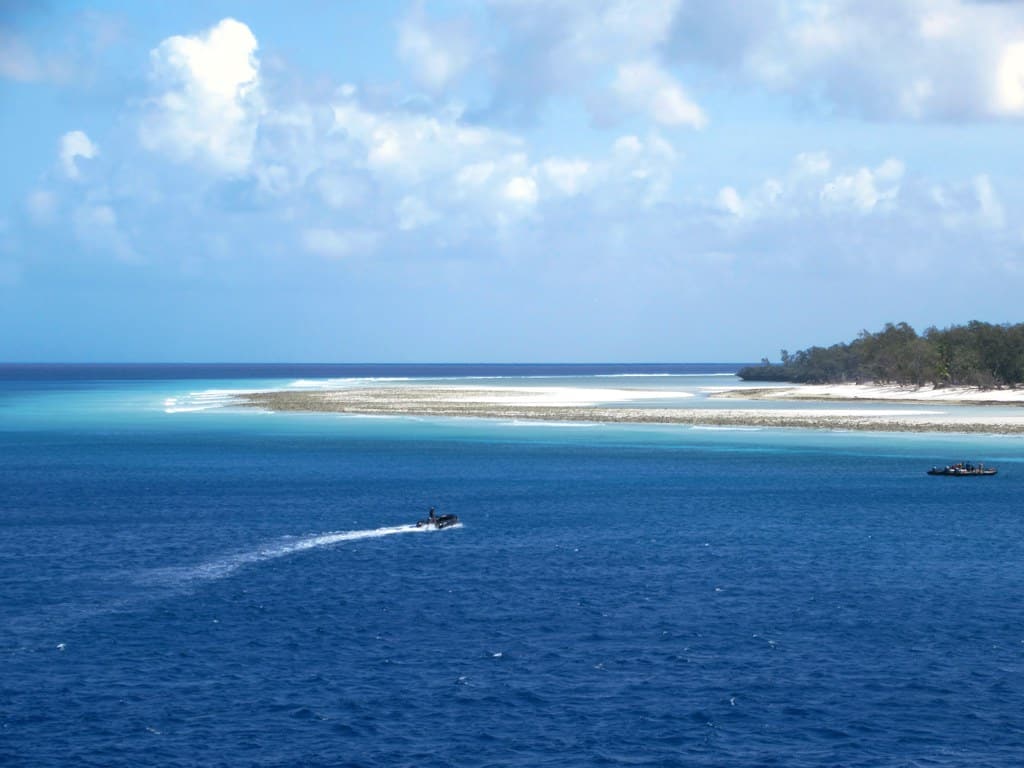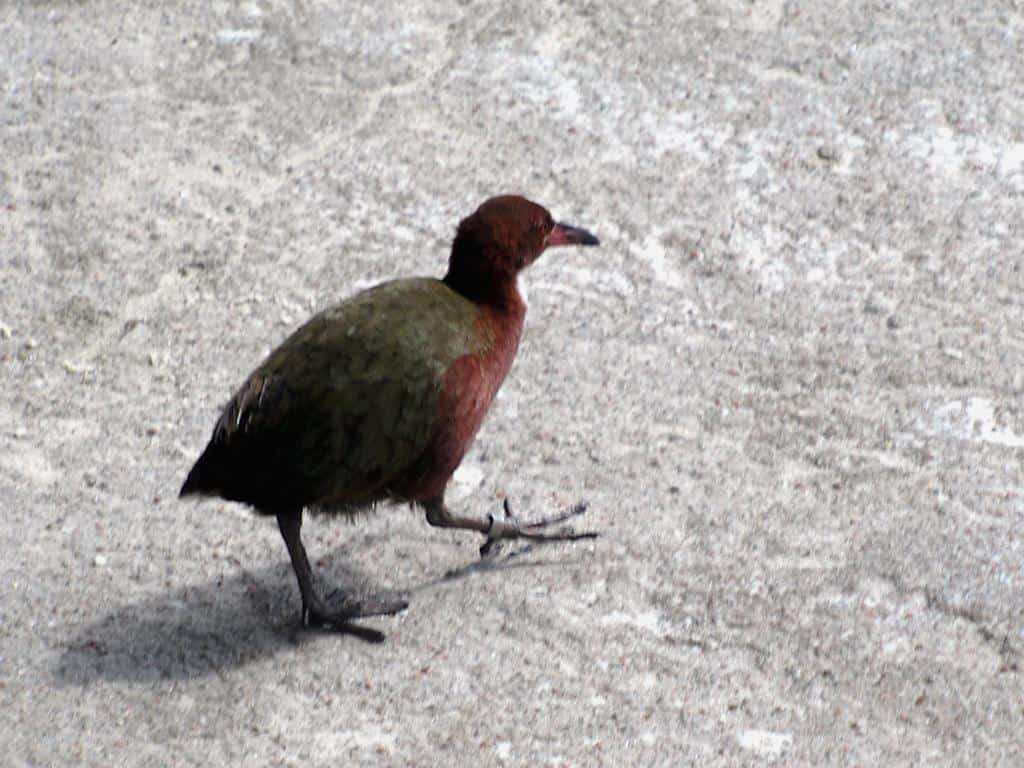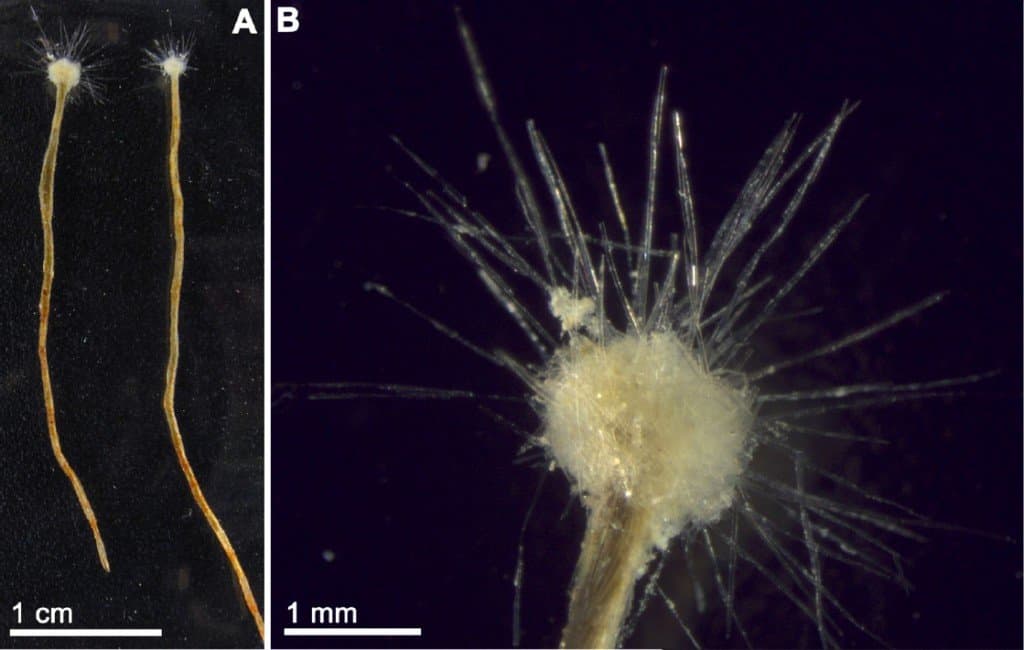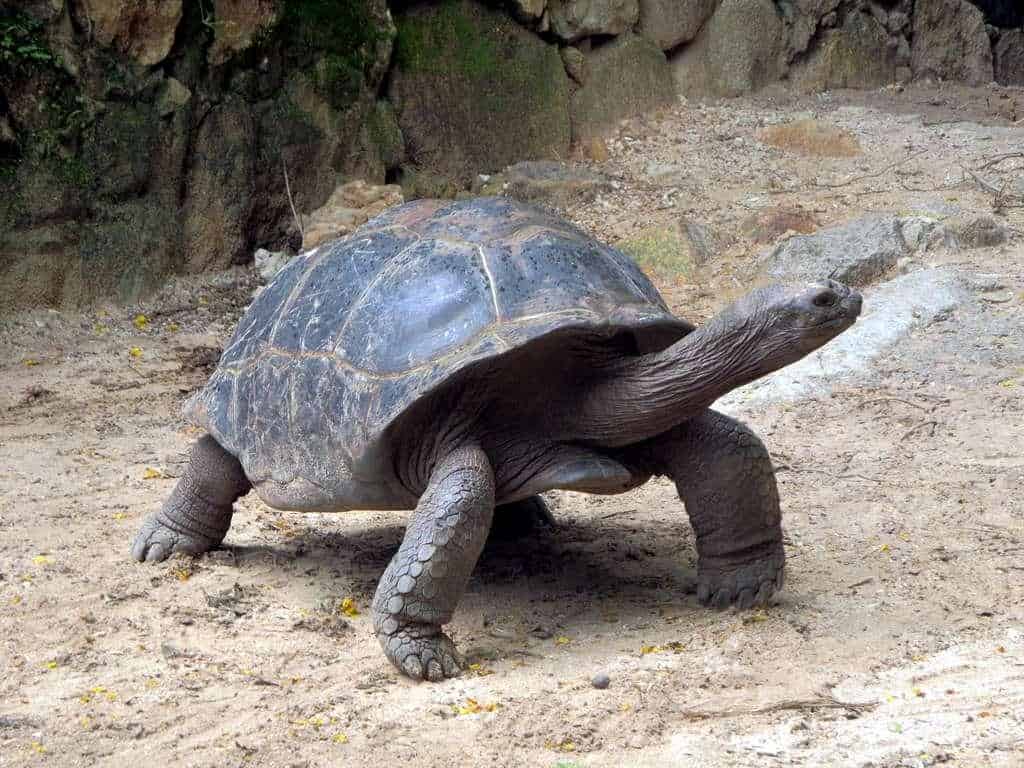From what most of us understand about evolution, a single-celled organism that existed billions of years ago gave rise to human life. Darwin suggested this theory, and studies continue to further his hypothesis. There is no clear answer to the origin of life, however.
We know for a certain that organisms evolve based on the fossil records that scientists have uncovered. Evolution is the process of changes occurring between generations through natural selection. This drives diversity, and it’s what has driven a single cell to evolve over eons into a myriad of lifeforms.
Natural selection refers to the phenomenon where the individuals in a population that thrive produce more offspring. This drives the genetic changes that cause a variance between generations. This culminates in changed characteristics over time.
We also know that organisms sometimes die off completely, which we call extinction. But can an organism re-evolve itself out of extinction? In the case of one bird, yes, it can.
Let’s learn more about how an extinct bird re-evolved itself from the dead.
What is Iterative Evolution?
Iterative evolution is when the same animals evolve from the same ancestor more than once. This means that the same animal, after being wiped out, comes back the same as it was before. This happens through the same processes that created it the first time.
Each iteration is always a slightly different animal as the chances of creating the same genome twice are astronomically small. Functionally, however, the first iteration and subsequent iterations are the same animals.
Parallel evolution takes place when the same niche that created the first iteration now creates the second. They are not the same bird, but they evolved in the same way.
How Did an Extinct Bird Re-Evolve Itself from the Dead?

136,000 years ago, the Aldabra Atoll was submerged by rising sea levels.
©David Stanley / flickr – License
An extinct bird re-evolved itself from the dead through the process of iterative evolution. Ancestors of this extinct bird evolved to be flightless. They didn’t need to leave the island they traveled to due to a lack of predators.
A rise in ocean levels around 136,000 years ago completely submerged the island, wiping this specific bird from the face of the earth. A few thousand years later, ocean levels went back down, and the island re-emerged.
The same ancestors that created the newly extinct bird made it back to the island once the ocean receded and the island reappeared. Again, due to a lack of predators, these ancestors evolved, in the same way, to create the same flightless bird a few thousand years later.
Which Extinct Bird Re-Evolved Itself from the Dead?

The Aldabra rail re-evolved itself from the dead.
©David Stanley / flickr – License
The Aldabra rail re-evolved itself from the dead on the Aldabra Atoll in the Indian Ocean.
Its ancestor, the white-throated rail, migrated east to the Aldabra Atoll. These rails likely experienced a population boom on their home island of Madagascar. Due to a lack of resources, birds took off in various directions looking for a new home.
It’s the last extant flightless bird found on islands in the Indian Ocean. Other flightless birds have existed throughout history, but most went extinct due to hunting during colonization. The most famous example is the dodo.
While the first Aldabra rail is technically a different species than the second rail, the fact that two flightless birds evolved in almost the same manner is remarkable. An entire ecosystem had to regenerate after the ocean wiped out all of flora and fauna.
Amazingly, this particular rail was able to fill the same niche that caused it to evolve into flightlessness the first time.
Are There Any Other Examples of Iterative Evolution?

Various foraminifera underwent iterative evolution.
©Manuel Maldonado, María López-Acosta, Cèlia Sitjà, Ricardo Aguilar, Silvia García & Jean Vacelet / Creative Commons – License
Yes, there are other examples of iterative evolution.
Other animals that have undergone iterative evolution are:
The study of iterative evolution is in its infancy and scientists are still trying to unravel how this phenomenon occurs. As our understanding of genetics improves, so will our understanding of iterative evolution. There are probably a lot of unidentified species that have gone through this process.
The Aldabra rail’s story is so important because it’s the first example of a bird undergoing iterative evolution. That doesn’t necessarily mean it’s the only bird that has undergone this process. This may be the only bird so far because the island it inhabits, the Aldabra Atoll, has the oldest paleontological record of any other island in the Indian Ocean.
Specifically, the discovery of the Aldabra rail shines a light on the process of recolonization after an extinction caused by changing sea levels. This process has happened repeatedly throughout earth’s history. In most other locations, however, there is no surviving fossil record.
Why Wasn’t the Aldabra Rail Hunted to Extinction?

The Aldabra giant
tortoise
was more desirable to colonizers than the Aldabra rail.
©David Stanley / CC BY 2.0, Flickr – License
The Aldabra rail wasn’t hunted to extinction like other flightless island birds because the atoll is uninhabitable and extremely remote. There isn’t much fresh water, and it’s not in a strategic location.
The name Aldabra was given to the atoll by Arab sailors. The Portuguese made it to the atoll in 1511. Over the next few centuries, it was passed around by different countries until the French obtained it in the 19th century.
There was more interest in exploiting the Aldabra giant tortoise than with the Aldabra rail. Perhaps this is because the Aldabra rail is the size of a chicken. That is relatively small for other island flightless birds that were hunted to extinction.
Colonizers tried to exploit the resources of the island, but the lack of potable water made it difficult to establish a substantial colony. They were there long enough to introduce invasive species which has disturbed the island’s ecosystem. This means that the Aldabra rail won’t be able to evolve the same iteration again.
There are major conservation efforts in place today to keep the atoll safe so it can remain a beacon for evolutionary studies. In 1982, it was declared a UNESCO World Heritage Site.
The photo featured at the top of this post is © David Stanley / flickr – License / Original
Thank you for reading! Have some feedback for us? Contact the AZ Animals editorial team.






